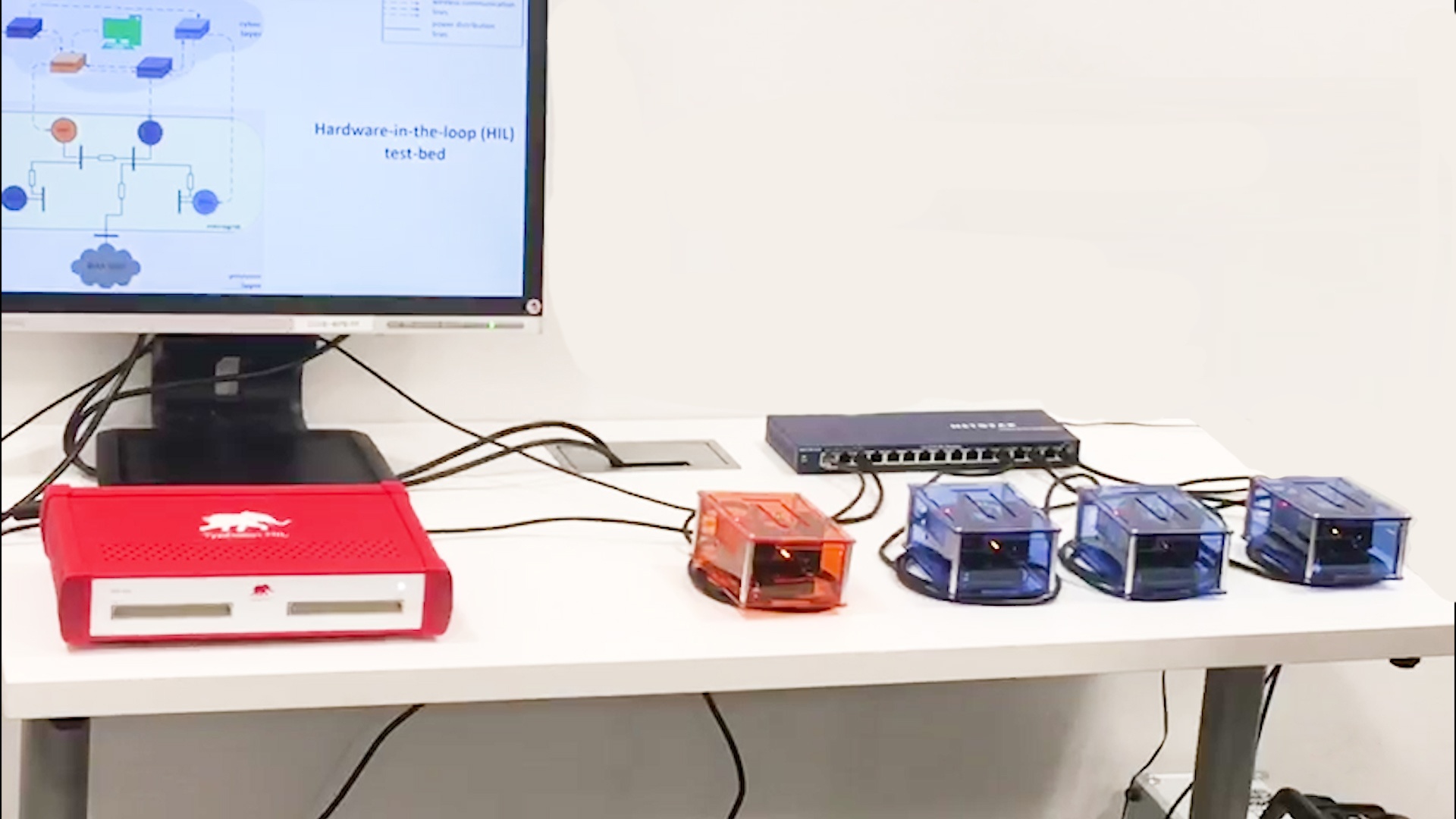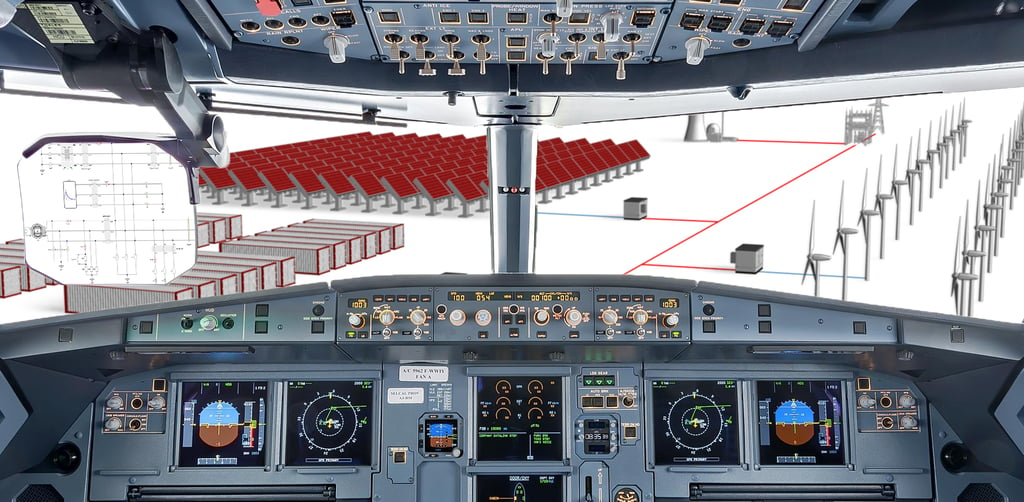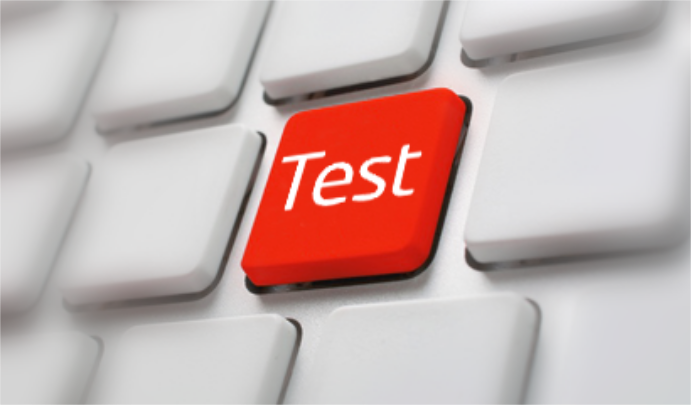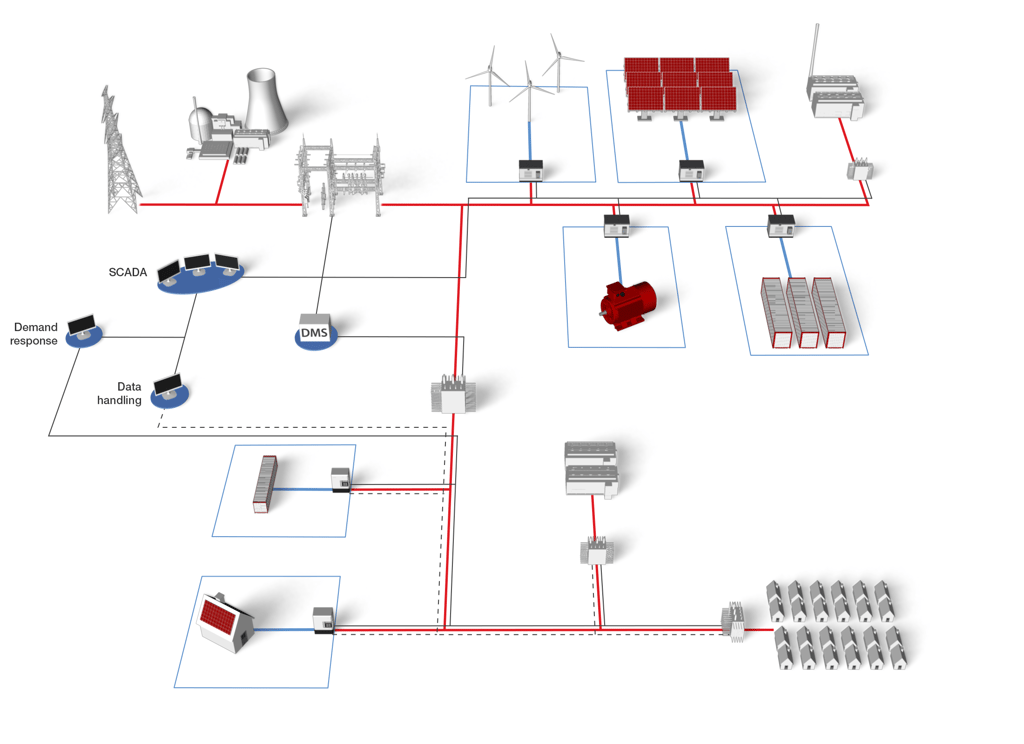While computer aided design tools have found wide adoption by practicing engineers, control testing has been lagging.
Most of the control system type testing is still done manually, in the lab, using small scale or large full scale power hardware, which can significantly prolong the time it takes to bring new power electronics products to market.
So why do practicing engineers use power hardware to test their control systems in the first place?
One good reason is that until recently there was no satisfactory alternative. Once the real time software is loaded to the DSP and the FPGA starts generating PWM pulses with nanosecond resolution, there is little else what can be done other than hooking it up to their inverters and slowly increasing the voltage, hoping that this time they won't hear a loud BANG.
Luckily, things are improving and powerful, commercially available controller hardware-in-the-loop (C-HIL) test equipment are becoming available. VDC Research Group, a technology market research company, predicted in their report "The Global Market for Hardware-in-the-Loop Testing Solutions" that the adoption of commercial C-HIL solutions for power electronics will depend on the speed at which new C-HIL solutions will be able to replace the in-house developed test rigs industries have been building over the decades.
What is Hardware-in-the-Loop?






 Until recently there were practically no Hardware in the Loop (HIL) systems in the market developed specifically for power electronics and microgrid applications.
Until recently there were practically no Hardware in the Loop (HIL) systems in the market developed specifically for power electronics and microgrid applications. 